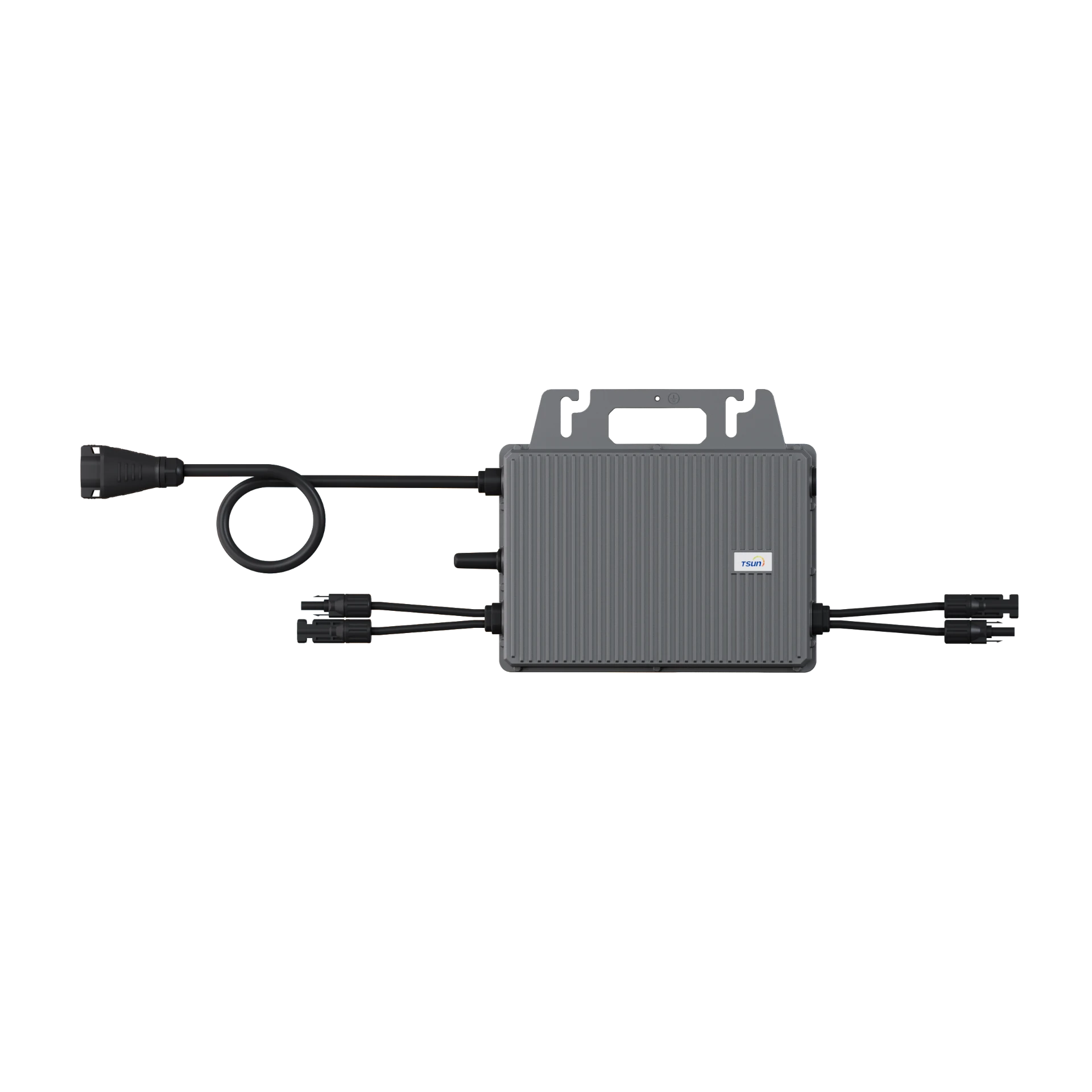Microinverter panels have rapidly revolutionized the solar energy sector, offering a fresh perspective on solar power generation that enhances efficiency, adaptability, and reliability. Initially regarded with skepticism by purists fixated on traditional string inverters, microinverter technology has boldly redefined how solar power systems can be architected. This transformation can largely be attributed to their unique ability to optimize power output at the individual panel level, thereby promising increased energy yields and improved overall system performance.

A microinverter panel pair fuses two critical components the microinverter itself and the solar module. Each microinverter converts direct current (DC) from a single panel into alternating current (AC) independently. Unlike conventional setups where shading, dirt, or a single malfunctioning panel can degrade the performance of an entire array, microinverter technology ensures that each panel performs at its peak capacity, mitigating energy loss and maximizing output.
From an expert perspective, microinverter systems thrive on modular design, allowing for incremental scaling—a crucial attribute for those looking to build a solar system over time. This flexibility holds acute economic value for residential and commercial customers unwilling to commit hefty upfront investments for large-scale installations. Instead, they can progressively add panels as energy needs evolve without the fear of mismatch losses.

Reliability and durability surface as compelling selling points for microinverters. Research indicates that microinverters tend to have a higher operational lifespan compared to traditional inverters, often matching the longevity of solar panels themselves. The decentralized nature of microinverter technology introduces an additional layer of fail-safety; even if one inverter fails, the rest of the system continues to generate power. This aspect is particularly advantageous in extreme weather regions where electrical reliability is paramount.
From a technical standpoint, microinverters simplify the process of system monitoring and diagnostics. Real-time data becomes readily accessible for each panel, allowing users to detect and address issues promptly. This level of monitoring dovetails with modern needs for smart energy management systems, integrating seamlessly with IoT devices to provide comprehensive energy insights and proactive system maintenance.
microinverter panels
Trust in microinverter technology has been reinforced by certifications and endorsements from respected testing organizations and significant integrations with leading solar manufacturers. Continuous advancements in this sphere, coupled with robust consumer feedback, have cultivated a reputation for reliability and efficiency.
The transition to microinverter panels also represents a shift toward aesthetic and practical installation advantages. Without the need for a large inverter hub, systems can be more discreet and potentially even integrated into architectural designs in novel ways that were not previously possible. This can enhance the visual appeal of renewable energy installations, particularly in residential neighborhoods bound by aesthetic covenants.
However, expertise-driven considerations suggest weighing the marginally higher initial cost against long-term savings and benefits. While microinverters may initially present a more significant financial outlay, the enhanced energy capture and reduced ongoing maintenance costs can offset this difference over the lifespan of the system. Moreover, with the solar market trending towards distributed generation solutions, the investment in microinverter panels becomes increasingly appealing.
In conclusion, microinverter panels afford users the opportunity to harness solar energy with unprecedented reliability, efficiency, and scalability. Endorsed by a glowing body of empirical evidence and consumer advocacy, they symbolize a progressive leap in the journey towards sustainable energy independence. One is left with little doubt that as the technology continues to evolve, it will further cement its foothold within the renewable energy domain, driving forward the global pursuit of green power solutions.
 LEARN DETAILS
LEARN DETAILS
 News
News



